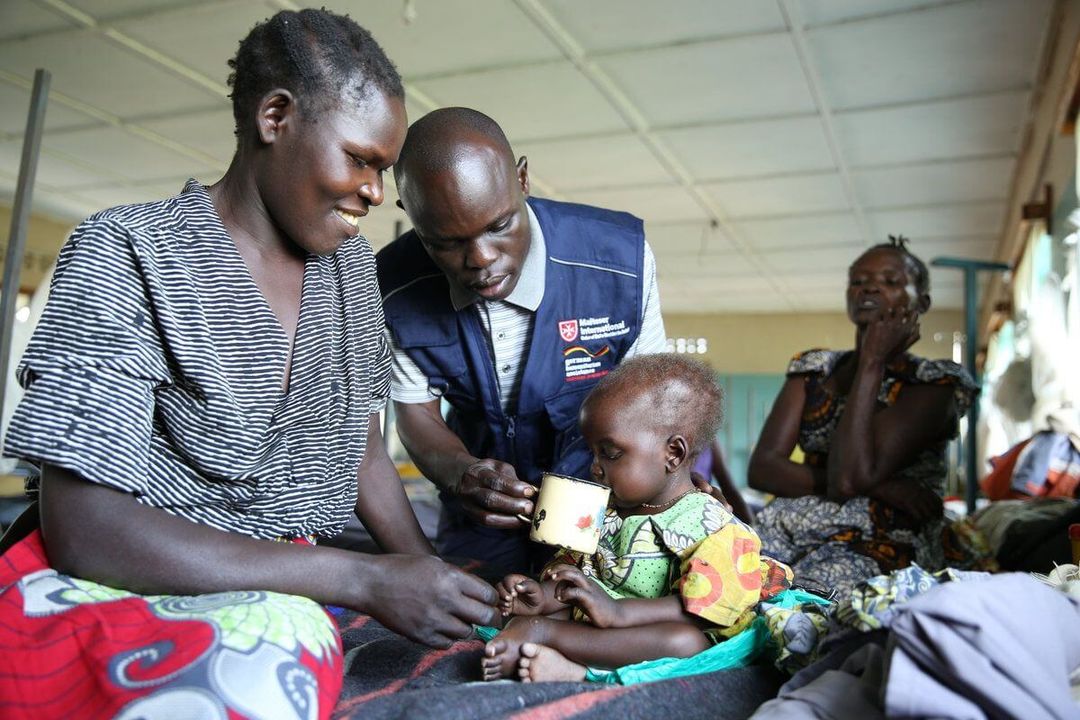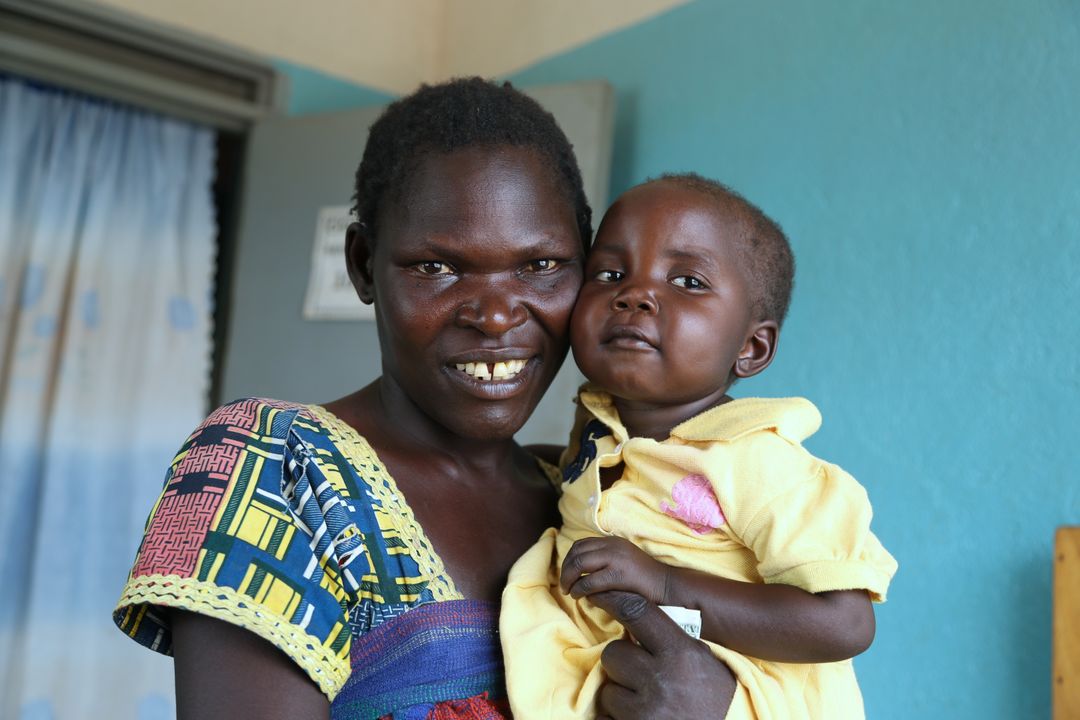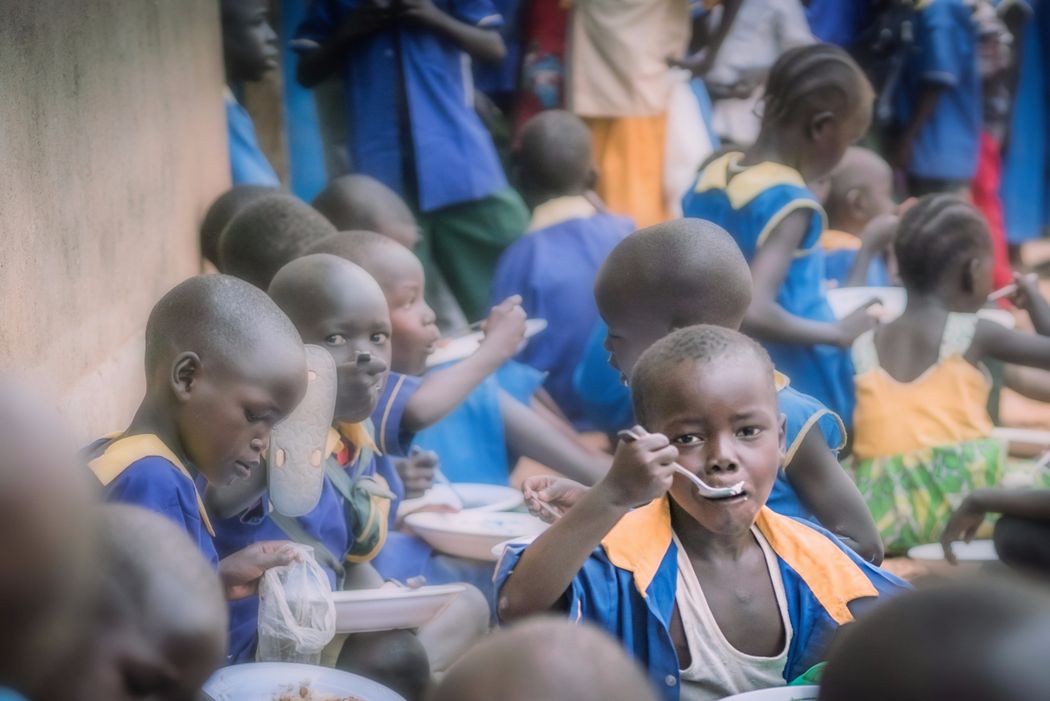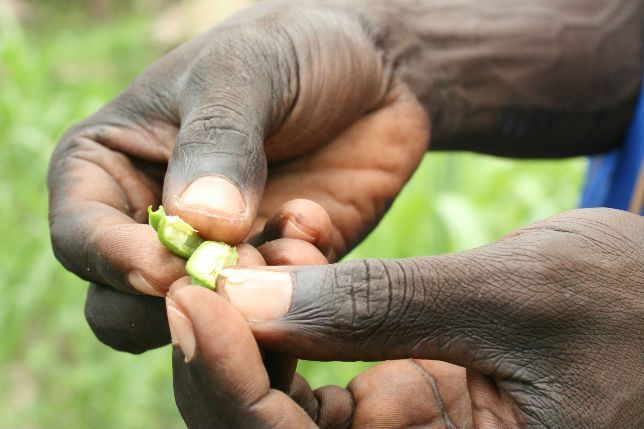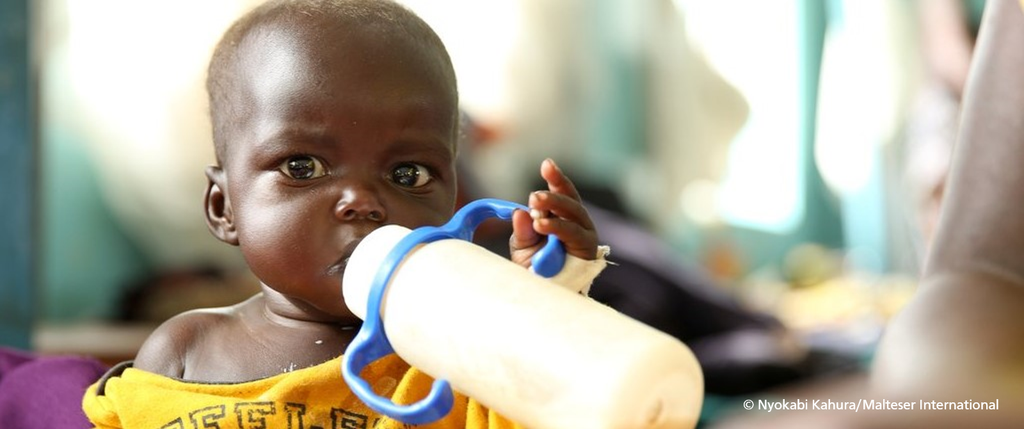
Dorcas's story: Recovering from malnourishment in DR Congo
Malteser International is helping to restore children to health through its support for the local hospital in the Democratic Republic of Congo. Thanks to specialized treatment using therapeutic milk, children like Dorcas have been given a chance to survive.
Two-year-old Dorcas may look like any other little girl, but she is lucky to be alive. Six months ago, she was lying in a hospital bed in Adi, north east of the Democratic Republic of Congo, writhing in agony. She looked frail and way smaller than her actual age. Her bloated stomach and swollen limbs stuck out from a bony frame, emaciated by severe malnutrition. Doctors said her condition was life threatening.
Armed conflict in DR Congo is causing hunger
More than 4.6 million children in the DR Congo are acutely malnourished, including 2,2 million suffering facing life-threatening severe acute malnourishment. A long running insecurity crisis in the country has also forced millions to flee their homes and farms, created widespread food insecurity, and separated families. When Dorcas’s father left her mother, he took the little girl to live with him and his wife, but he was not able to sufficiently provide for her. After several months, her mother, Tabu, came to see her and wept when saw the state of her daughter's health.
“She could barely move,” she cried. “She did not talk, she did not play.”
Simple methods for proper diagnosis
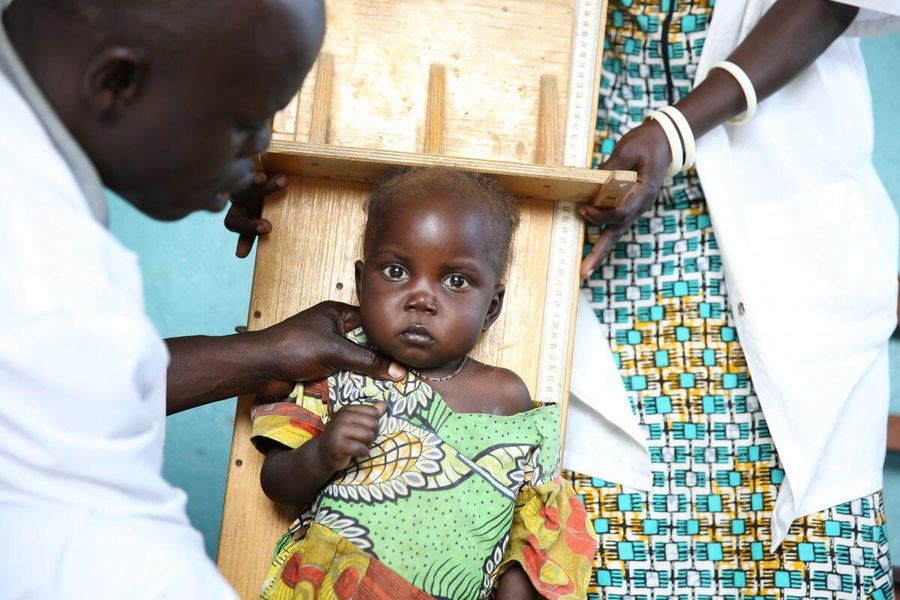
Thankfully, Dorcas was rushed to the local hospital in Adi which is supported by Malteser International. There, the staff confirmed she was severely malnourished after placing her on a measuring board. She was thereafter admitted into a therapeutic feeding program. The measuring board makes it possible to quickly diagnose severe acute malnutrition. Children who are malnourished are usually smaller than well-fed children of the same age.
Another method to quickly identify and monitor malnutrition is the Mid-Upper Arm Circumference (MUAC) test, using a simple tape measure. The MUAC tape has three colored zones and is placed above the elbow of a child to determine the nutritional state of the child. A measurement in the green, yellow or red zone means the child is properly nourished, at risk of malnutrition or acutely malnourished respectively.
Treatment using therapeutic food
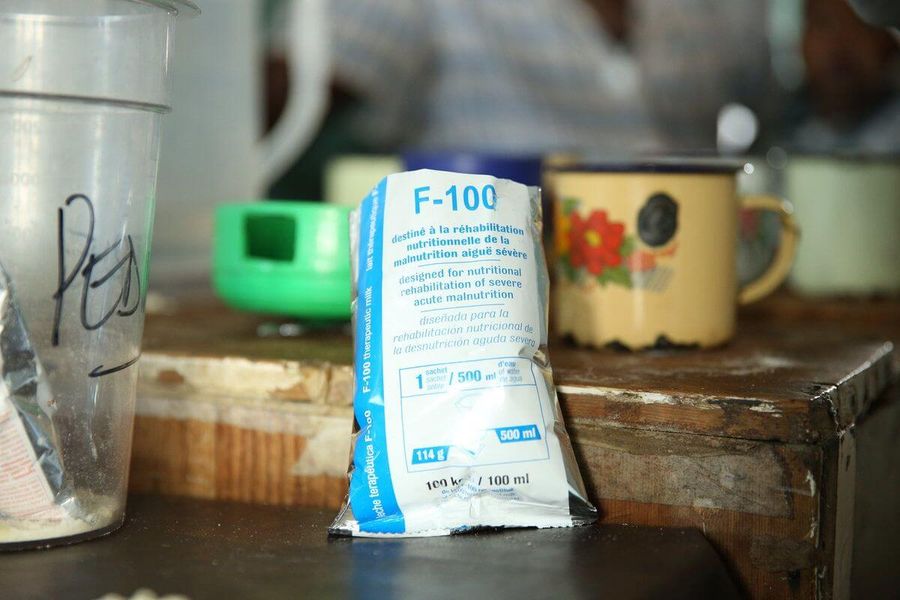
To help Dorcas recover, doctors in the hospital administered the therapeutic milk-based formulas F-100 and F-75. These formulas contain milk, sugar, oil, minerals and vitamin extracts. The treatment of severe acute malnutrition in one child can take up to 60 days and costs around 240 euros. This is followed by the treatment of moderate malnutrition, which can also last up to 60 days.
Dorcas and her family stayed in the hospital for a period of two weeks. During this time they only had to pay a sum equivalent to 9 euros, with Malteser International covering additional hospital fees incurred during their stay.
Malnutrition inhibits development
Malnutrition also has serious consequences for the mental and cognitive development of children. These ramifications are potentially severe to national economies, as underdeveloped children grow into adults who cannot reach their full potential. With the help of Malteser International, Tabu is learning how to provide her daughter with a more balanced and complete diet, even with minimal funds. Malteser International’s health experts also organize training for medical personnel in the area on how to quickly identify and treat acute malnutrition.
Today, Dorcas is visibly doing better, and her mother, Tabu, hardly contain her joy. “She has really improved and since we left the hospital she has been very well," she exclaims. "You saw how she was before the treatment. She could barely walk, she had no appetite and was not playing much. This has all changed. Her body generally looks better and she is much more energetic.”
Tabu, whose name means problems, earns a living by fetching water for other people. In one day, she carries up to 14,000 litres of water and earns about $3. "Sometimes, I help my neighbours cultivate their farms for a small payment," she tells us. Unfortunately, Tabu has visibly lost weight since the last time we saw her. "It is because of too many problems," she says. "Too many never‐ending problems. They just don’t seem to go away. At least I am happy that my Dorcas is well. I can only hope it gets better."
In the long run, a person without food is deprived of their dignity. Children are particularly dependent on a regular and balanced diet. Our aid projects in the DR Congo are intended to restore some of the dignity of starving people and children and to make our contribution to what we hope will be a better future for health in the DR Congo.

